Greek cuisine has a long history and is known for its wide range of dishes, from tender grilled meats and zesty salads, to fresh fish and syrupy pastries. As the southernmost country in Europe, mainland Greece and the islands generally experience a Mediterranean climate ideal for farming and viticulture.

Traditional Seafood Platter
Additionally, its position in the Aegean has provided direct access to fresh seafood for the last 10,000 years. Traditional Greek food is characterized by high quality ingredients, fresh herbs, and closely guarded family recipes. Greek gastronomy is one of the healthiest and well-rounded of the world’s classic cuisines – a foodie’s heaven.
Core ingredients classic and traditional Greek foods include olive oil, herbs (oregano, rosemary, and thyme are the most common), tomatoes, cheese, beef, pork, lamb, fish, shrimp, and wine. Other Greek specialties include yogurt, honey, olives, cheese, sausage, baklava, and olive oil. Below are some of the fresh seafood products you can find in places like the Athens Central Market.
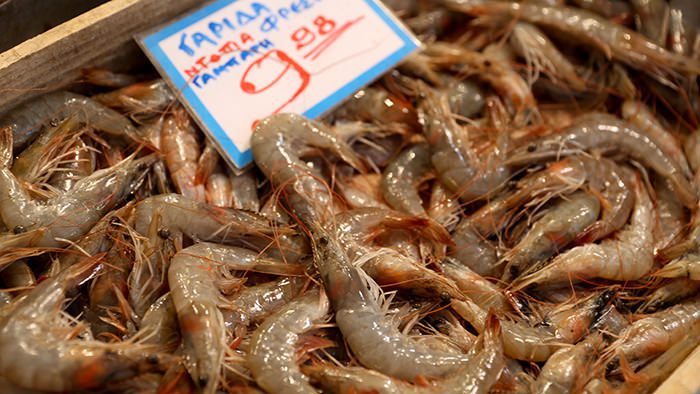
Fresh Shrimp
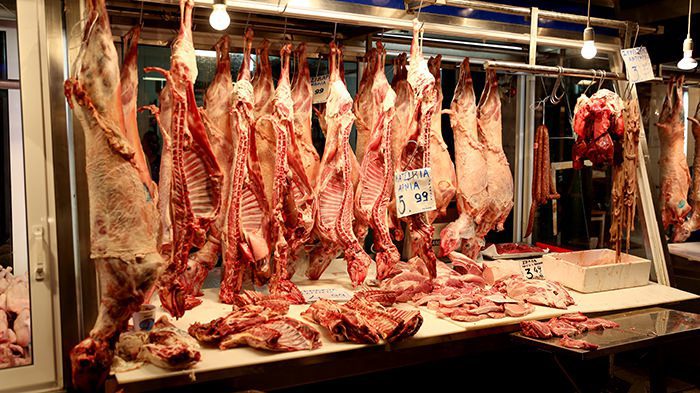
Easter Lambs
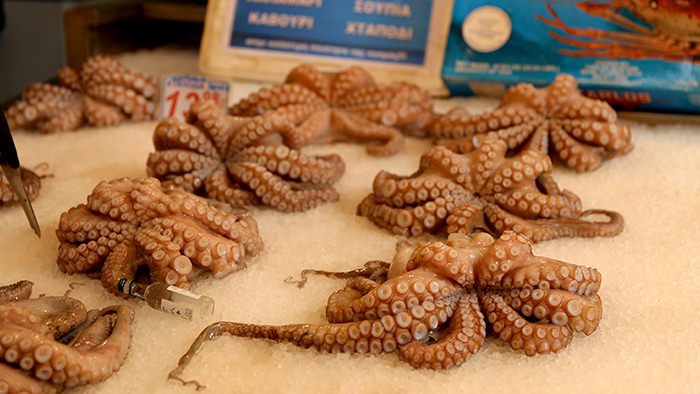
Fresh Octopus
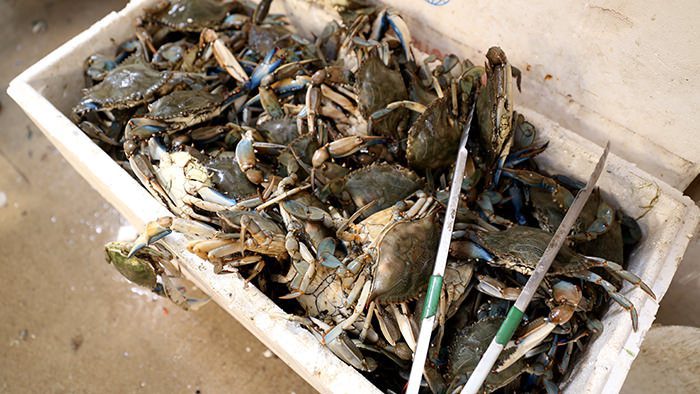
Live Crabs
Meze is short for “mezedes” and these are essentially small shared plates similar to tapas in Spain and the meze of Cyprus. A spread of meze can be ordered as starters, or paired with wine or ouzo and eaten as a casual meal. Meze are generally a means to drink with a full stomach, and to prepare you for the rest of the meal to come. Meze are usually accompanied by bread for dipping and served on small plates. Below are a few classic meze dishes.

Classic Meze Spread
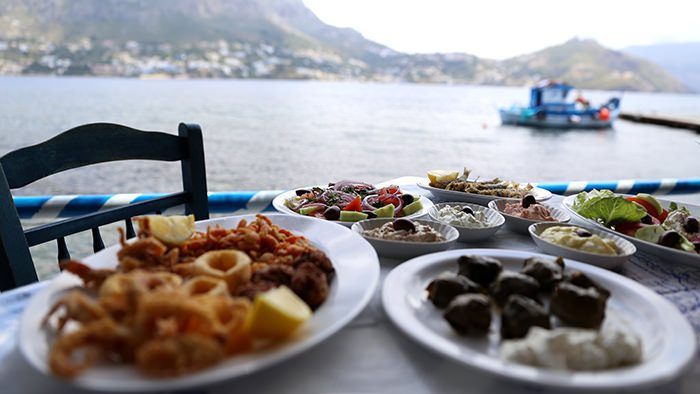
Meze with a view
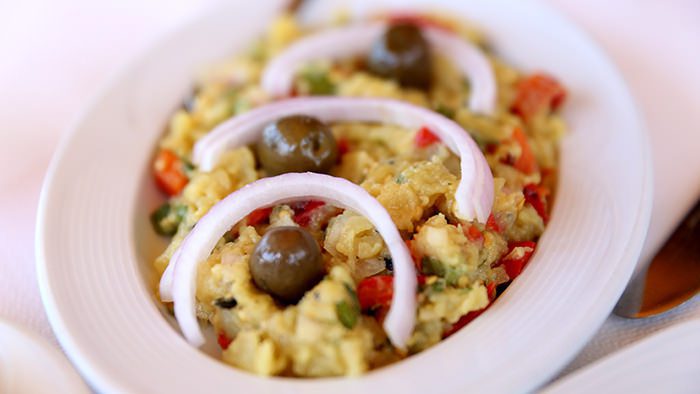
Eggplant Salad Dip

Fried Sardines
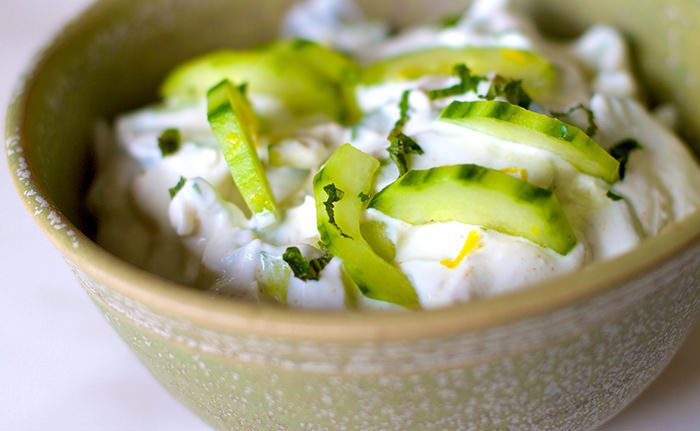
Tzatziki
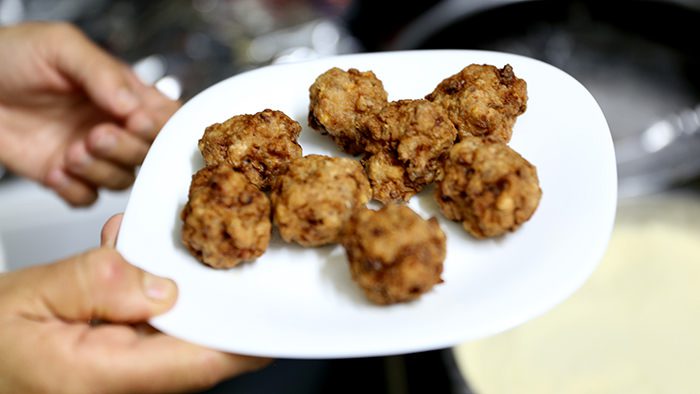
Fried Octopus Meatballs
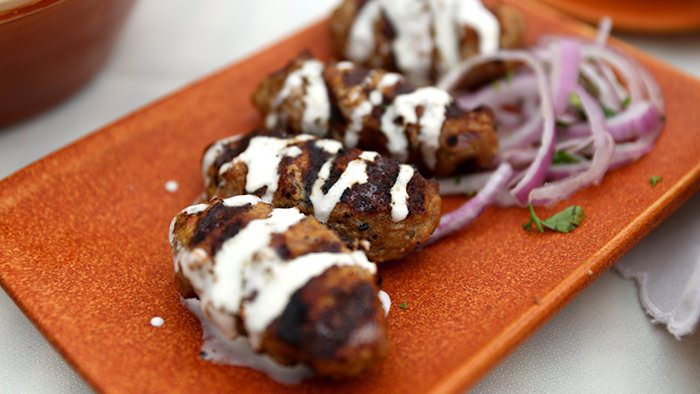
Meat Keftedes
When the meze portion of the meal is finished, the main courses will roll out. Depending on where you are in Greece, traditional dishes can range from fresh-caught mullet and octopus, to roasted pork and grilled lamb chops. While the islands enjoy access to fresh seafood throughout the year, northern Greeks integrate more red meat and pork into their diet. Most good restaurants and tavernas will incorporate seasonal ingredients into their menus to ensure that customers are getting the freshest food possible.
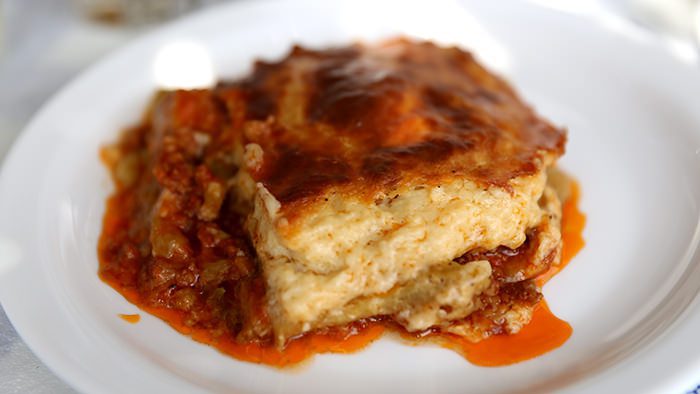
Moussaka
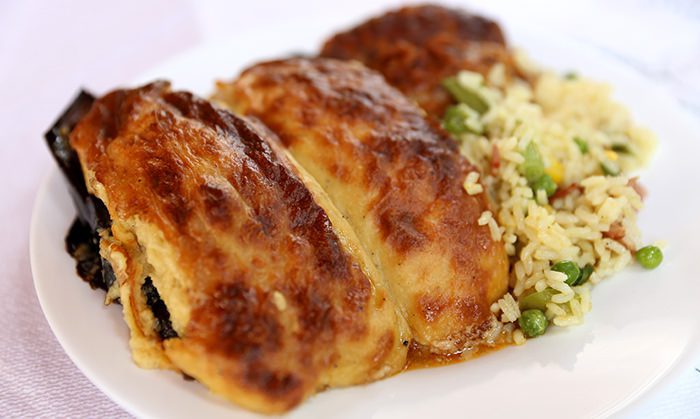
Stuffed and Baked Eggplant
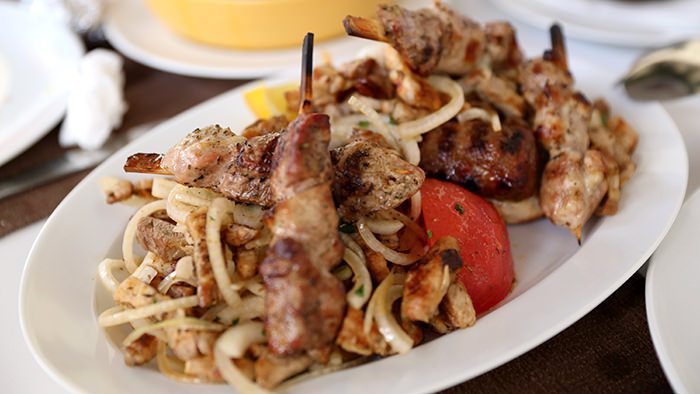
Souvlaki Platter
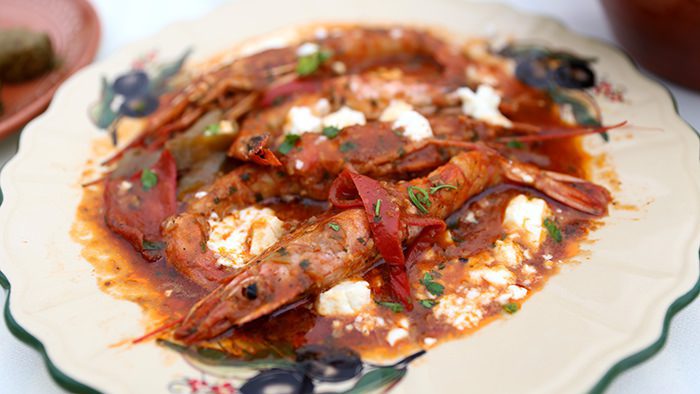
Shrimp Saganaki

Stuffed Tomatoes
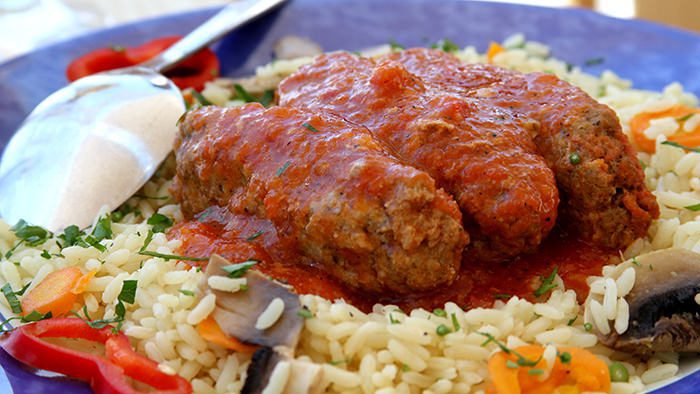
Zouzoukakia Meatballs
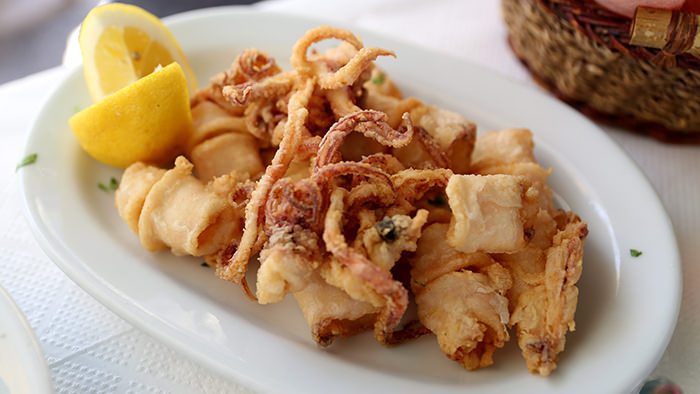
Fried Kalamari
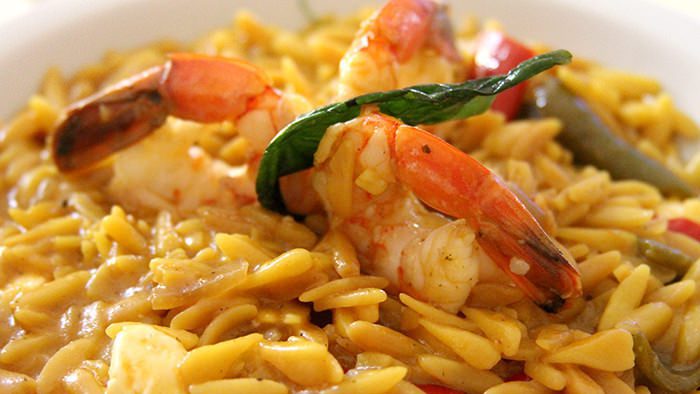
Orzo Pasta

Gyro, photo courtesy of TwoWanderingJews.com
Every city, town, village, and island in Greece has its own culinary specialties. Regional dishes are perhaps the best way to taste the local ingredients. Santorini, in particular, incorporates unique local products such as cherry tomatoes, fava beans, and the assyrtiko grape, into its gastronomy.

Typical Rhodes Island Sausage with honey (bottom right of above photo)

Symi Shrimp
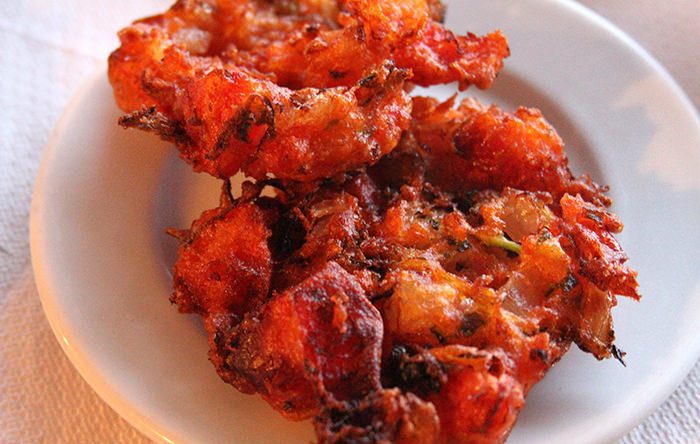
Tomato Fritters in Santorini
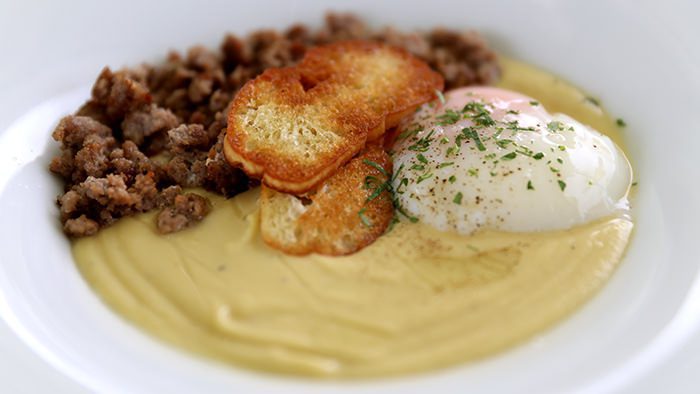
Santorini Fava Bean Dip
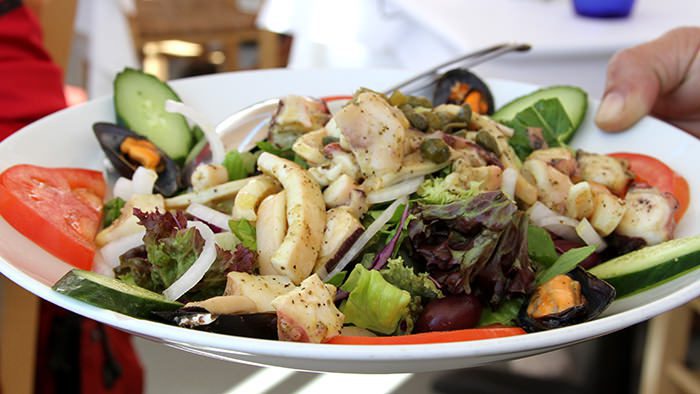
Squid Salad Santorini
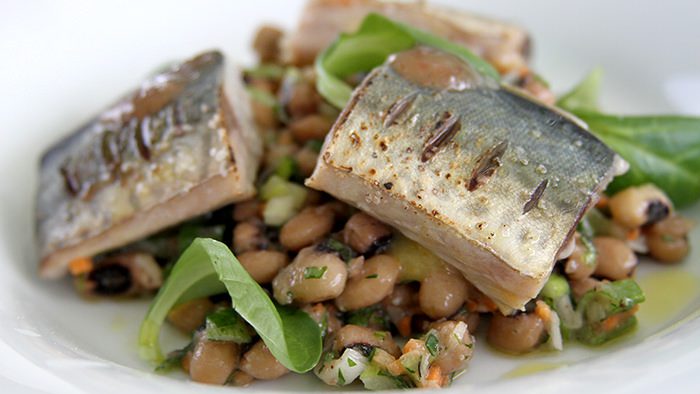
Mackerel and Black Eyed Peas Salad Santorini
Greeks love their meat, but they also understand the value of a well-balanced meal. No traditional Greek meal is complete without a large, zesty salad. The most classic Greek salad is known as the “xoriatiki salata “or village salad. This salad usually contains tomatoes, cucumbers, feta cheese, onions, oregano, and olive oil. Although the village salad is generally the go-to choice, Greece has endless vegetarian-friendly options.
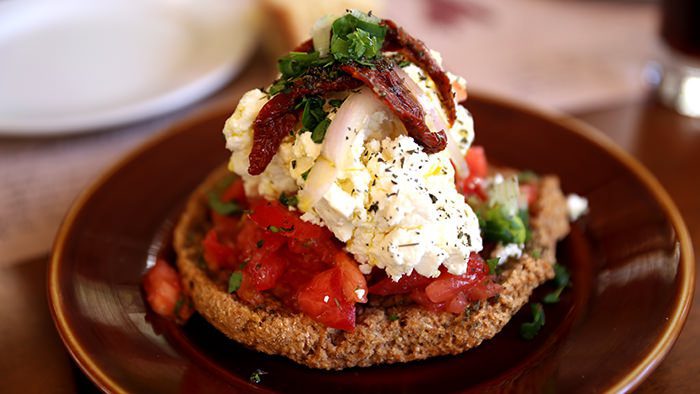
Santorini
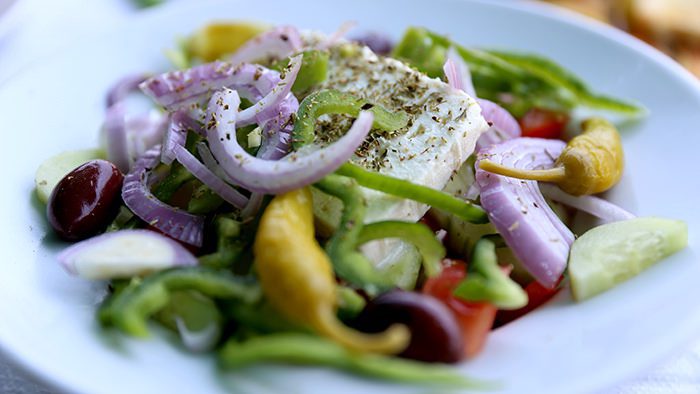
Symi
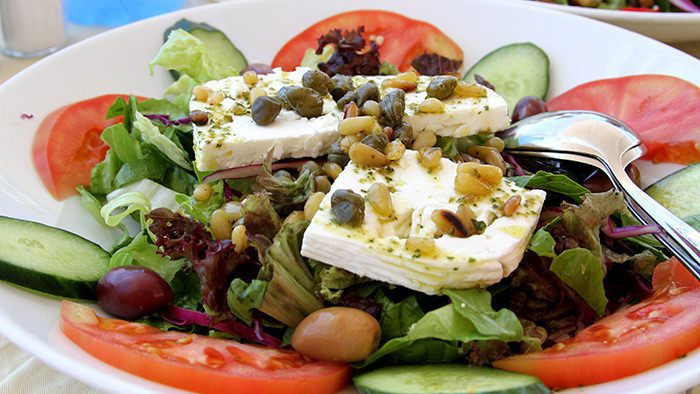
Santorini
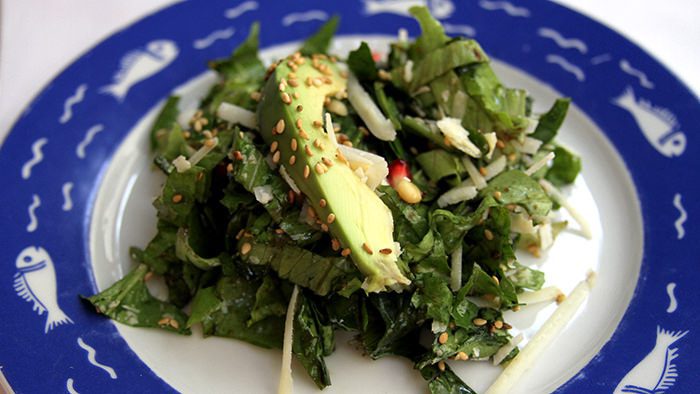
Rhodes

Rhodes
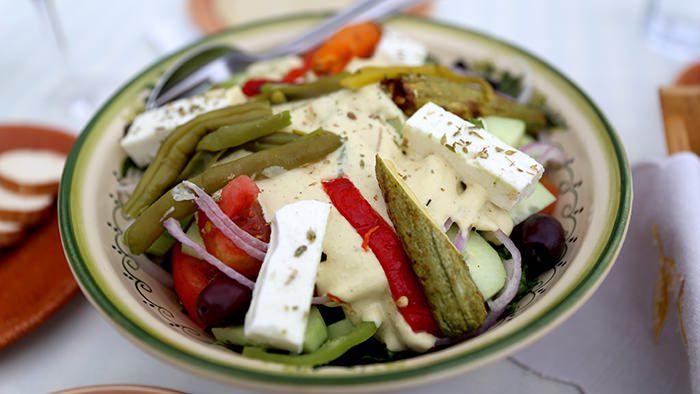
Kos
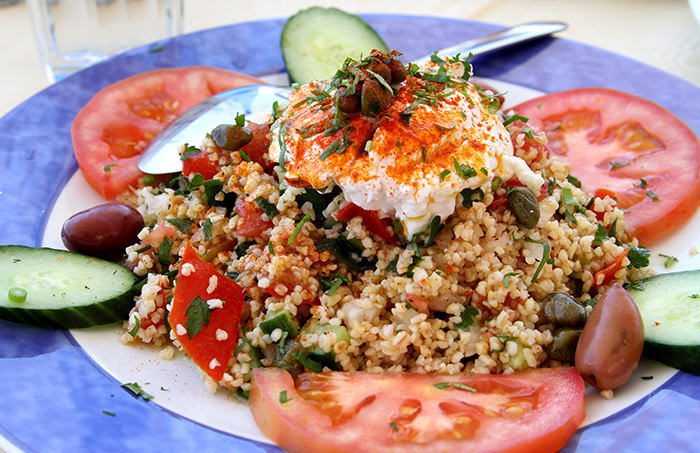
Santorini

Delphi Town
A traditional Greek meal will end with a dessert to cleanse the palate. Many are simple, but others are labor-intensive and require a certain degree of skill, especially when working with fastidious phyllo dough. Greek bakeries each have their closely guarded secrets for preparing decadent pastries and classic Greek sweets. Desserts are usually sold by weight and beautifully packaged in cardboard takeaway boxes. Tip: if you’re invited to someone’s home for dinner and you want to make a good impression, show up with a box of fresh bakery sweets.
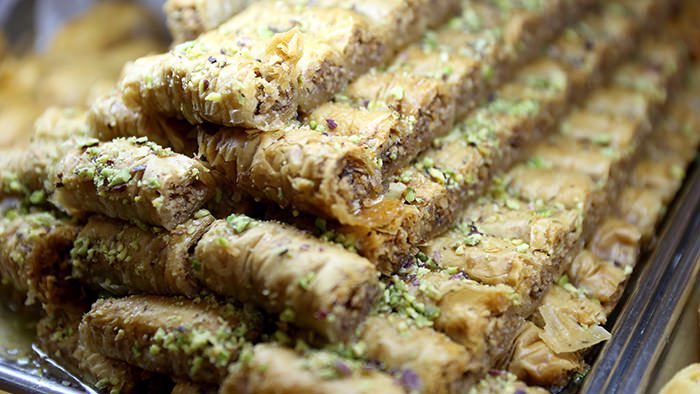
Baklava
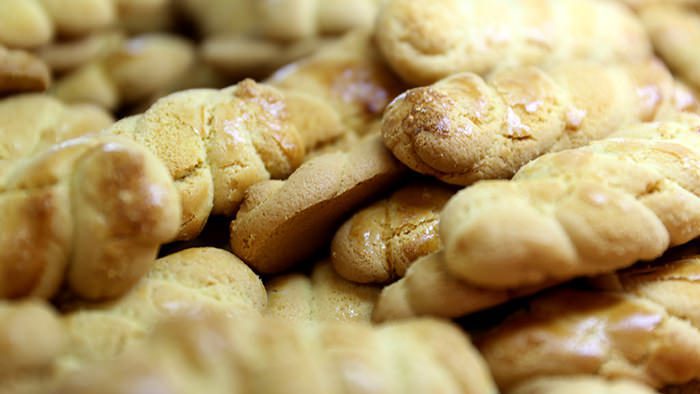
Koulourakia Cookies

Box of sweets from a Kalymnos Island bakery

Ice-cold frappe: the perfect compliment to any dessert break
The Greek Orthodox Church is a major institution in Greece, and it is estimated that over 90% of the country’s population belongs to this faith. Most Greeks will adhere to the dietary requirements of major religious feast days and Fridays during Lent that prohibit meat and cheese. Easter Sunday is the most important day in the Greek Orthodox faith. After solemn church services on Holy Thursday, Good Friday, and Holy Saturday, Easter Sunday is a festive day of eating and celebrating. Typical Greek Easter foods include tsoureki (sweet bread) and arnaki (spit-roasted lamb).
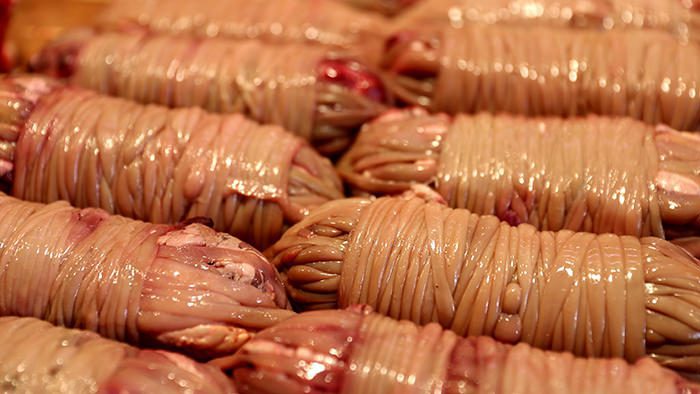
Uncooked Easter Kokoretsi (lamb innards wrapped in intestines)
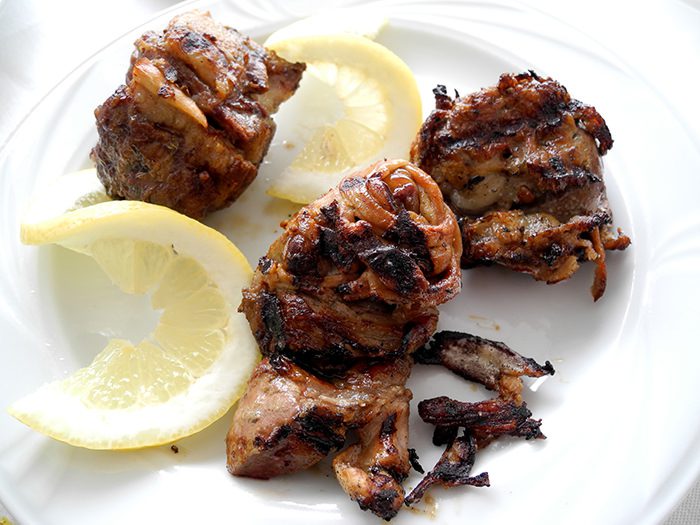
Cooked Kokoretsi is delicious!

Tsoureki, the perfect post-Easter breakfast
Check out these delicious classic Greek recipes.
We have no doubt that your gastronomic adventures in Greece will leave you more than satisfied. All the images in this post, with the exception of one, were of meals we ate during our travels throughout Greece. During the summer of 2013, we visited Athens, Peloponnese, Rhodes, Kos, Kalymnos, and Santorini. As you can see, we sampled a bit of everything, and we encourage you to do the same! When in doubt, ask locals for the places they recommend. Squeeze some lemon juice on it, order a pitcher of house wine, and enjoy!
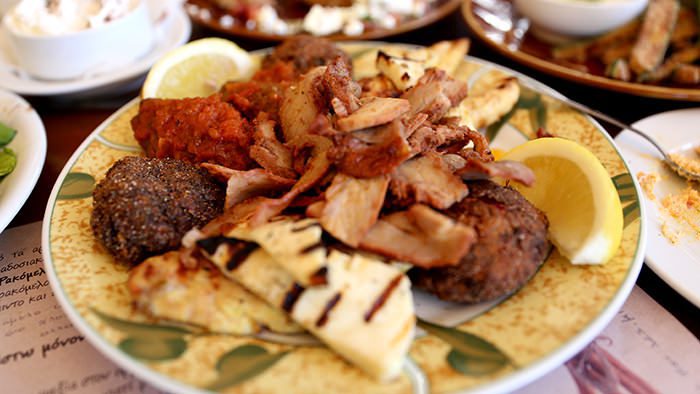
Καλή όρεξη! – Kali Oreksi!
What did you think about our guide to classic and traditional Greek foods? Tell us about it! Leave a comment below.
All photos are property of Davidsbeenhere unless otherwise stated. You can customize lovely food pins with Vivipins.
Counter
101 Countries • 1432 Cities
Arya Smith says:
It made my mouth water when I read about the calamari. As you mentioned, it is a fried or grilled squid with a side of lemon. This has made me want to eat out tomorrow night with my husband in a Greek restaurant. Squid is one of my favorite dishes in my entire life, but I can’t explain why. I just love it, and that is why I am now craving for it.
12 Reasons Why Every Muslim Traveller Should Visit Greece | Travel Guides For Muslim Travellers | Have Halal, Will Travel says:
[…] Credit: David’s Been Here […]
Michelle says:
Splendid! Looks like a great summary of the nation’s food culture, and all those photos help make it clear. Thanks!
David says:
Thanks Michelle!
Jack says:
and karavida is crayfish 😉
Jack says:
The only one of your list of Greek food that I’d strongly disagree with is hallomi – as stated it’s Cypriot and it’s very rare to find it in restaurants that are not geared to tourists. I doubt that 98% of Greeks have actually tasted it! I know I haven’t, nor have I seen it on menus in 30yrs of living here. I have only seen it once in a supermarket!
I also suggest you try Epirus on your next trip to Greece.
Edward Wylie says:
Oh my goodness! All the food look so good. I
can’t wait to visit Greece for myself. Thank you so much.
David says:
Hi Edward,
Yes the food is amazing! Thanks for your comment and I hope you can visit sometime in the near future. You will love it!